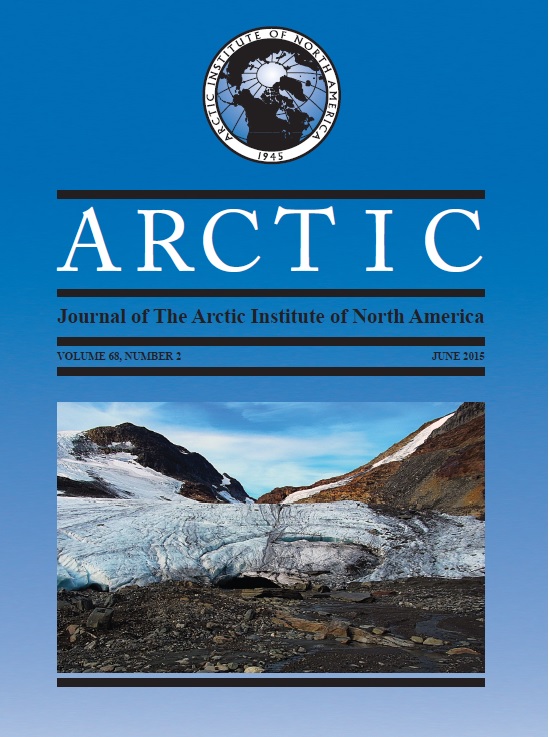Identification of Potential Foraging Areas for Bowhead Whales in Baffin Bay and Adjacent Waters
DOI :
https://doi.org/10.14430/arctic4488Mots-clés :
alimentation, baleine boréale, Balaena mysticetus, télémesure satellitaire, SLTDR, baie de Baffin, changement climatiqueRésumé
La baleine boréale (Balaena mysticetus) est le plus grand prédateur de zooplancton de l’Arctique. Elle est également le prédateur qui dépend le plus de cette espèce. Cependant, on possède peu de connaissances sur les importantes zones d’alimentation de la baleine boréale dans la baie de Baffin et les eaux adjacentes. Des données au sujet des déplacements et de la vélocité horizontale (ms-1), de la profondeur des plongeons (m) et du taux de plongeons (plongeons h-1) ont été obtenues à partir de 39 baleines boréales (31 femelles, six mâles et deux baleines au sexe non déterminé) dotées d’enregistreurs de profondeur temporelle satellitaires (SLTDR) au printemps 2009 et au printemps 2010 dans la baie de Disko, dans l’ouest du Groenland. Trente-huit baleines ont permis d’obtenir de l’information sur le taux de plongeons et les déplacements, de même que sur les zones d’alimentation potentielles en fonction des plongeons en faible profondeur et du comportement stationnaire. Neuf zones d’alimentation potentielles ont été déterminées, soit la baie de Disko et la région adjacente, le passage Clyde, la baie Isabella, la baie Broughton, le détroit de Cumberland, la baie Frobisher, le détroit d’Hudson, le sud du bassin Foxe et le nord du bassin Foxe. Deux femelles sont retournées à la baie de Disko le printemps suivant (durée des étiquettes > 420 jours). Leur comportement de plongée laissait entrevoir que toutes les baleines possédaient un grand degré de souplesse quant à leur utilisation des zones d’alimentation potentielles dans la baie de Baffin et les eaux adjacentes. La variabilité de la sélection de l’habitat peut avoir pour effet d’amortir les changements découlant du climat dans les habitats préférés des baleines boréales.


